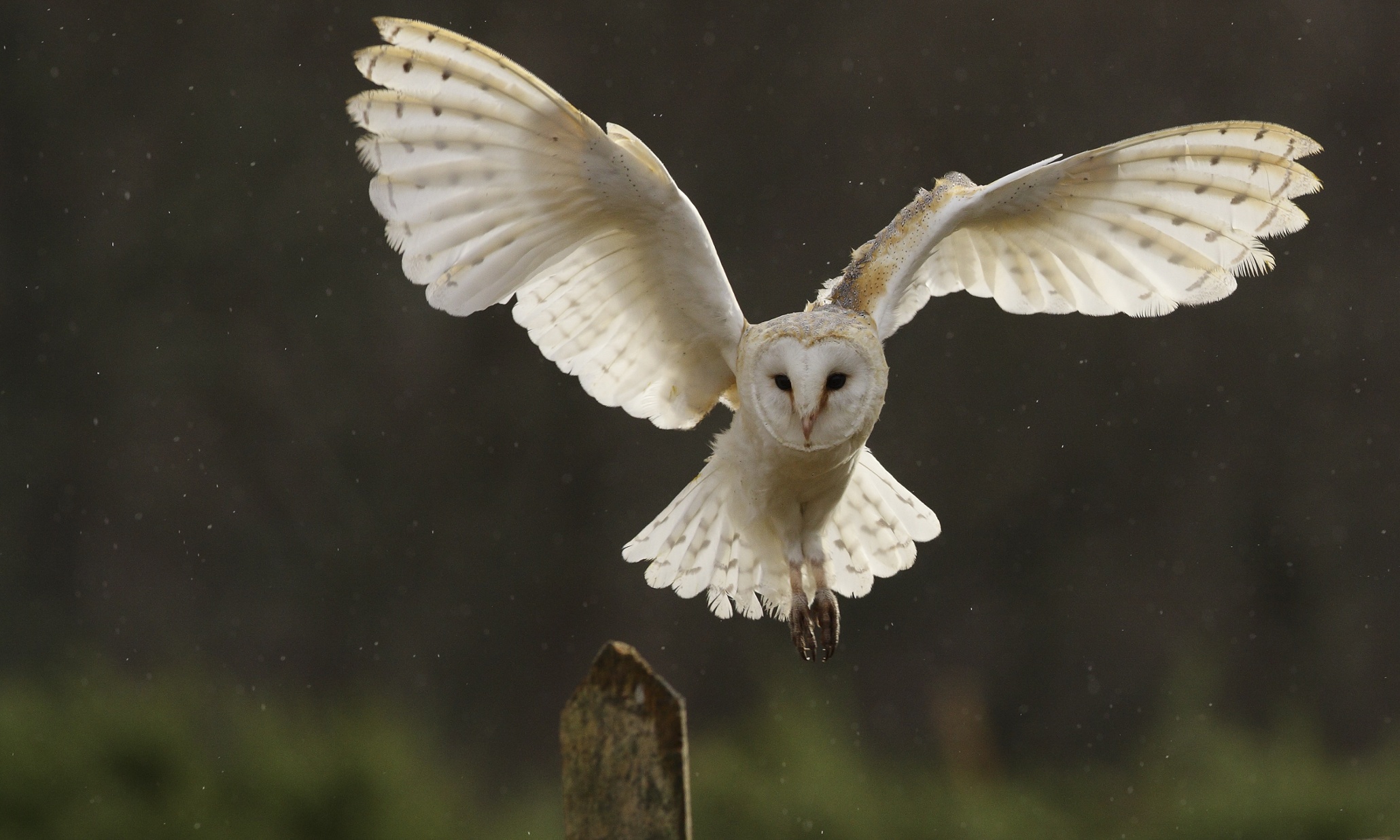

Those who sleep strictly at night, those who sleep during the day, and those who sleep during the crepuscular hours are the three types of sleepers.ĭiurnal– Sleeps throughout the day and is awake at night.Ĭrepuscular– At dusk and morning, nocturnal creatures awaken from their slumber.

Sleeping Habits and PatternsĪlthough most owl species are nocturnal, this isn’t always the case certain owls are nocturnal all year round. However, they, like humans, cannot see anything if it is pitch black, thus they require some form of illumination at all times. Their eyes have adapted so that they can see better in dim light. The bird’s ability to evaluate distances properly is due to its use of binocular vision. Owls perceive in the same way we do: with both eyes fixed on a single point in front of them. Several owls in the United Kingdom, such as the Little Owl and the Short-Eared Owl, hunt during the day. It’s not uncommon to see owls hunting in the evenings as well as at night. ” (such as night vision and incredible hearing). Because of the behavior of their prey, other predators, and other natural adaptations, they’ve created this adaptation. The smallest of the owls is the Pygmy, which can grow to 11cm in length. It is the Eurasian Eagle Owl that is the largest owl, measuring up to 75 centimeters long. Worldwide, the owl family includes approximately 200 distinct species. Under their feathers, owls have razor-sharp beaks and talons, as well as superb hearing and the ability to fly almost completely inaudibly. They’re well-engineered weapons of mass destruction. Owls have evolved to be hunters, and as such, all owl species are predators. However, they aren’t the only owls visible at dawn. Only the northern hawk owl and the northern pygmy owl are fully diurnal (i.e., active during the day). The famed nocturnal owls, like humans, keep a semi-alert ear out for intruders or smoke alarms while they sleep each day.


 0 kommentar(er)
0 kommentar(er)
